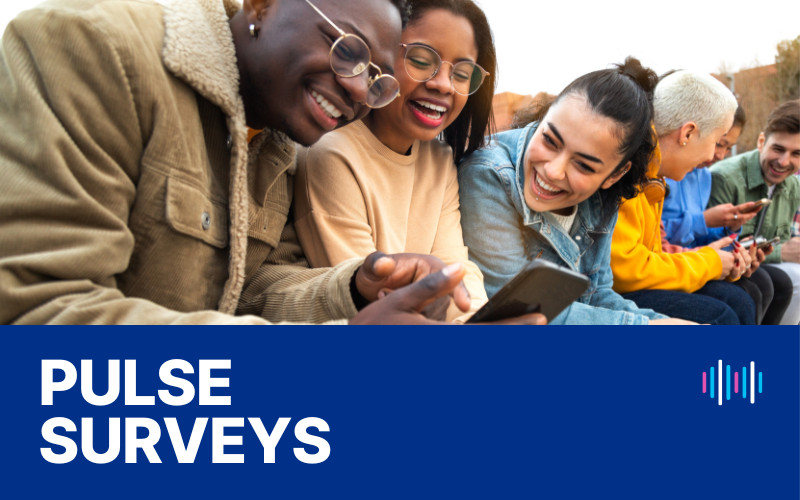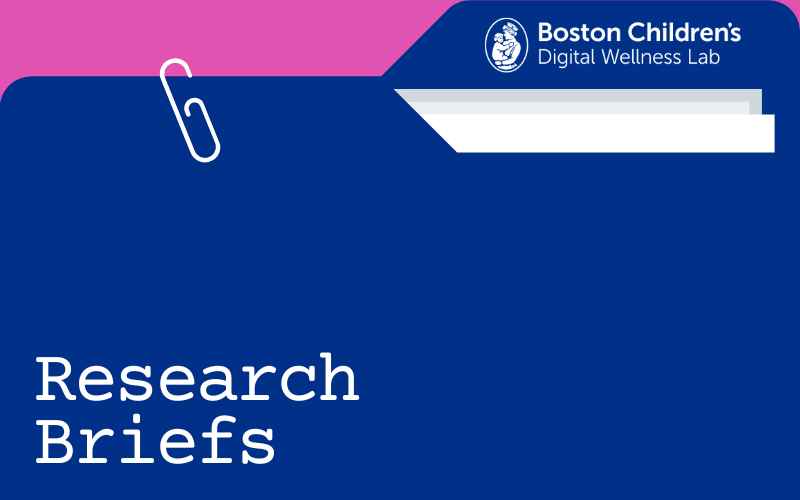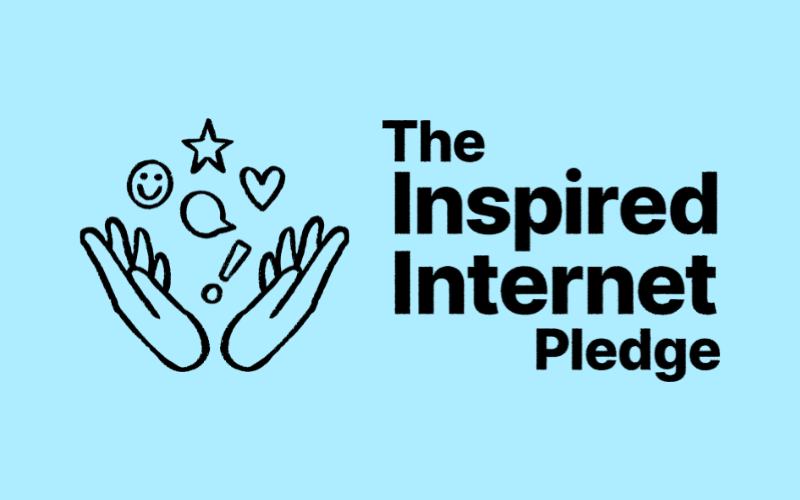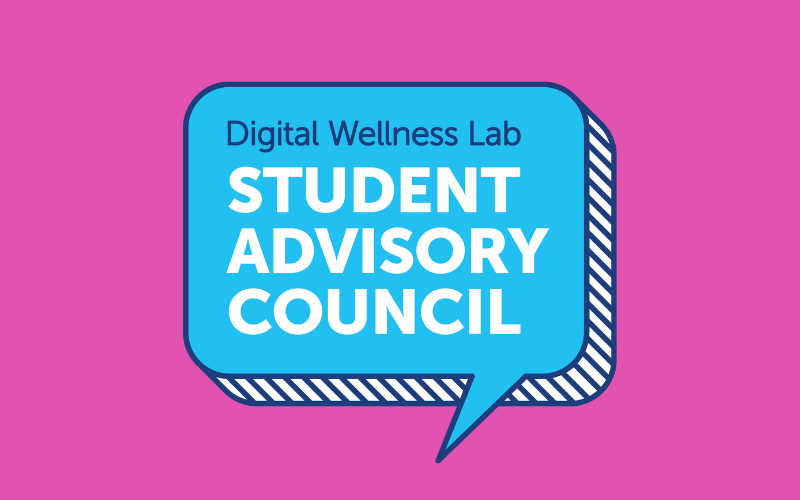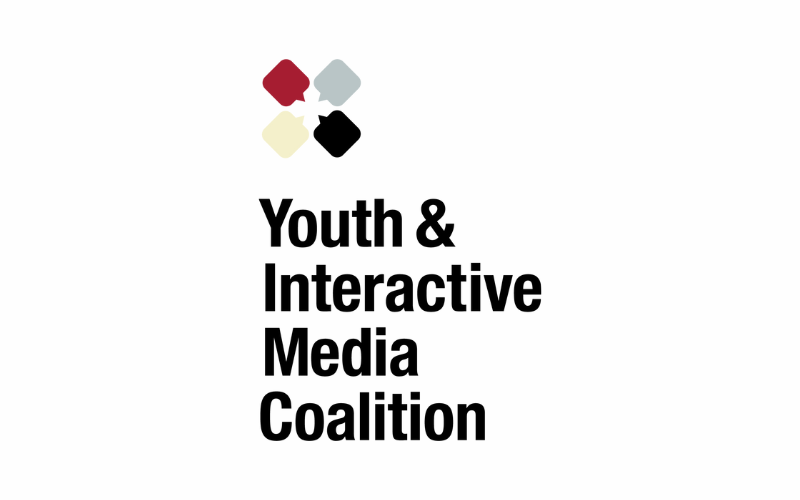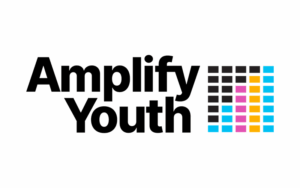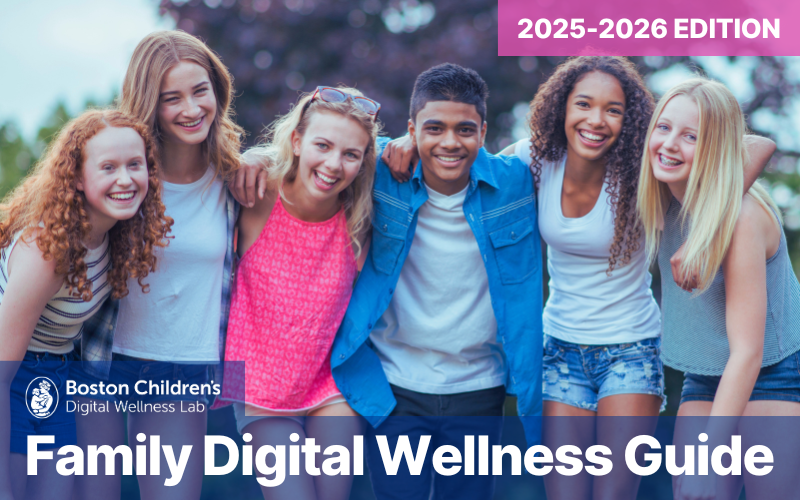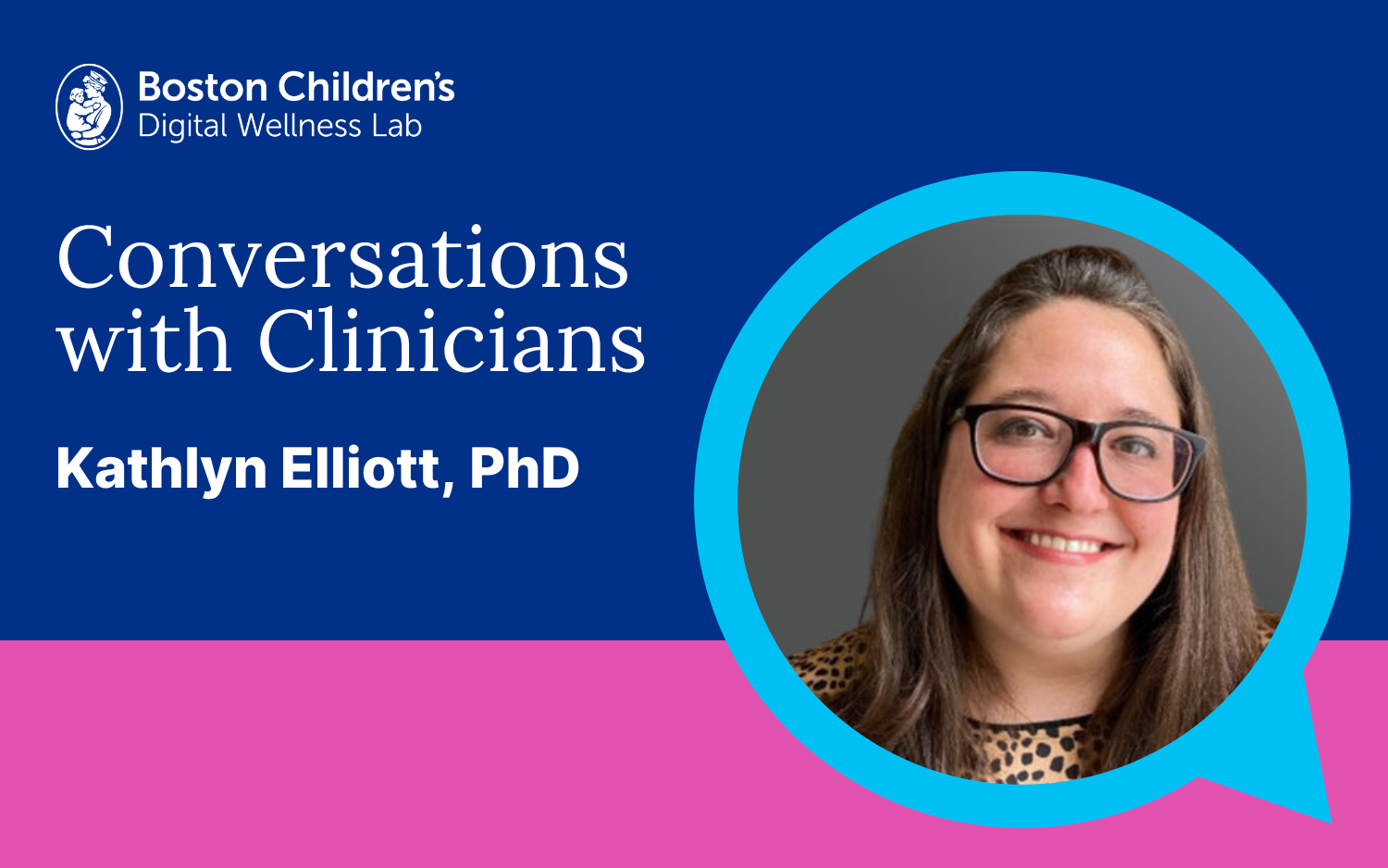Kathlyn Elliott, PhD
Researcher, Digital Wellness Lab
What does a “day in the life” typically look like for you?
I am an educational researcher focused on the primary prevention of targeted school violence and violent extremism. One of the reasons that I love this job is that there isn’t really a typical day. Some days I work from home and write and take virtual meetings. Other days I am visiting schools either delivering interventions, consulting, or collecting data. My work goes in cycles, so often I do a lot of one of those things at a time. For example, I am always so excited when data collection starts because it means I get to be out connecting with people and having interesting conversations, and after a couple of months of running around to different locations, I am very happy to sit in my office and silently analyze the data and write up my findings.
For me, online spaces provide unique opportunities and challenges to creating a peaceful world, and I am incredibly interested in the factors and structures that influence these online third spaces both positively and negatively.
What led you to the work you do?
For me, online spaces provide unique opportunities and challenges to creating a peaceful world, and I am incredibly interested in the factors and structures that influence these online third spaces both positively and negatively.
My undergraduate degree is a Bachelors of Science in Foreign Service, and I focused on the relationships between culture and politics. I have long been interested in this symbiotic relationship, and so much of culture in my life has been shaped by the role of technology. During undergrad in the early 2000’s, I participated in a virtual exchange with university students from around the world discussing current events, particularly those related to anti-Muslim sentiments that had come out of the 9/11 attacks and US military response in the Middle East. While participating in the program I simply viewed it as another item on my to-do list, but I ended up becoming friendly with a young Somali woman who lived in the Netherlands, and I remember how much I learned from conversations with her. These types of experiences were ones that I hoped to be able to reproduce when I became a teacher.
I was a high school history teacher for ten years in three very different locations—San Diego, Shanghai, and Houston. One of the things that stood out to me across the schools was that in each place there were opportunities for violent actions to be justified based on certain ideological narratives. I found this fascinating, and it emphasized that schools were uniquely situated in a space that could impact these narratives for young people, and also offered the potential to work in the broader community unpacking violent ideologies.
During my PhD program, I spent some time working on research on teachers’ use of social media during COVID—both on Twitter and on TikTok—as I felt that online spaces provided unique opportunities for teachers to both voice their needs and have them met. My dissertation research focused on education’s role in prevention in Finland as they have an internationally recognized National Plan to Prevent Violent Extremism that is built upon broad societal efforts. As part of my research in the Nordic region, I attended many conferences, and much of the cutting-edge research was focused on how radicalization happens online.
There is so much opportunity for online spaces and they fall into primarily three categories: community, empowerment, and activism.
What would you say are the greatest opportunities you see for kids growing up in a digitally saturated world?
There is so much opportunity for online spaces and they fall into primarily three categories: community, empowerment, and activism. I believe online spaces offer an invaluable avenue for building community, particularly for marginalized populations. I’m thinking specifically of how LGBTQ+ individuals and disabled communities have found crucial support, shared advice, and fostered a strong sense of belonging in these digital environments. Similarly, so much empowerment has also taken place in online spaces, whether for individuals who have gained access to skills necessary to become financially independent, to small things such as learning to apply make-up to large things like the body positive movement. Finally the work of activists has been hugely facilitated by online spaces. Black Lives Matter, and other non-hierarchical activist movements have been able to reach wider audiences. There is so much empowerment and activism that happens online, and helps facilitate powerful changes in individuals’ lives as they decide to accept who they are and find communities where that person is valued.
What are the greatest challenges you see for kids growing up in a digitally saturated world?
Our digitally saturated world poses so many challenges for young people (and us old people too), and I am happy to see greater recognition of that at a societal level. Of course, because of my line of work, I worry a lot about the polarization and radicalization that happens online. While we often think of this as recruitment into ISIS or other scary groups, it also can look like indoctrination into harmful traditional gender roles, racial prejudice, or other ideologies that seek to divide humans into better-than and less-than groups. I think growing up in a digitally saturated world also exposes young people to sexual material far younger than is appropriate, whether this be in the form of porn, or solicitations and attention from people on messaging sites. I also see the addictive properties of a digitally saturated world as a huge challenge for us to overcome as a society. This manifests in many forms, whether hyper-capitalism, gaming addictions, or short attention spans, all of these things do not prepare our young people well for the real world.
In my mind, there are three ways to make technology better for kids across the development span: new policies and laws, new online tools to combat problems associated with technology, and open conversations.
How would you change or redesign technology and or media to be healthier for kids across the developmental span?
In my mind, there are three ways to make technology better for kids across the development span: new policies and laws, new online tools to combat problems associated with technology, and open conversations. In terms of policies, I think we have examples of policies that have been put in place both in the US and in other countries that are helpful in ensuring healthier development for young people. Utah’s law on age limits for social media sites, and the EU’s digital privacy laws both come to mind as policies that can help make online spaces safer for young people. In terms of new online tools, I think of text chats with nurses that are used in Finland for young people to ask questions about sexual health concerns, and Samaritans chat line for those at risk of suicide. I think it’s clear that these lines should be manned by real people who are appropriately trained to navigate these conversations, but they allow young people to get their questions answered in the spaces where they encounter some of this content to begin with. Finally, a lot of the work that can be done to make technology or media healthier for kids is to talk to your children about things. This means both consuming content together and talking about it, but also talking openly about the potential things that are harmful for both children and adults with technology. This is easier when children get older, but the conversations should start while they are young with identifying feelings they have when technology is taken away or not working, so that they get used to having these conversations.
What guidance or advice do you have for parents and other caregivers regarding helping kids develop and maintain healthy behaviors around digital media and technology?
I think there are some simple approaches that can be extremely good for young people around digital media and technology. The first is to put limits on screens as young as possible, and think about how you want to choose to use them in your family’s life. Do you use them to entertain your kids when out to dinner or do you want to have family video game tournaments? Any combination of choices is fine, but be thoughtful about what areas are priorities for you and what are ones that you can cut if your children show difficulty disconnecting from screens. Encourage screen-free breaks for the entire family—I think this is so hard as adults, but kids are much more open to putting away screens when they see the adults doing it as well. This can include full days, meal times, and even overnight putting all the phones to bed in the kitchen.
As young people grow older, you want to have open conversations about what they might encounter online—talk about porn, strangers reaching out to them, things that are scary and violent, and talk through how they might choose to handle any and all of these situations. The goal is to have children feel comfortable coming to you when they feel uncomfortable and unsure and having these conversations early makes it easier for them to come to you when something happens.
Finally, I think the longer you can put off social media and individual devices with social media access the better. The Wait Until 8th pledge is super popular in some communities, and there are types of new workarounds that allow you to be in contact with your child without giving them a phone—whether it be a smart watch, walkie-talkies or dumb phones. We know how harmful social media can be both for boys and girls, so the more mature their brains are when they start using it, the better off they are. Similarly, I would encourage parents to monitor their child’s social media as well—it can be a close family member or sibling who does this as well, but some trusted adult should be able to view what your child is doing online. Don’t hide this from your child either—they should know that their behavior online is being watched by others because it always is available for anyone to access.
Is there anything else you’d like to share?
A lot of the risks and challenges that come with digital media and technology vary by individual child. Some children are interested and like technology, but have no trouble using it in moderation, do not let it impact their self-concept, and seem like they could live without it. Others really struggle to use technology and digital spaces in a healthy way; a lot of this is due to individual factors beyond our control. However, all children benefit from strong real-world relationships with caring and kind individuals, in homes and communities that are safe and well-resourced. While we often focus on these small things, it’s often the social determinants of health that make the biggest impact. Sometimes focusing on building up these protective factors can be as much help as addressing the risk factors.
Here at the Lab, we welcome different viewpoints and perspectives. However, the opinions and ideas expressed here do not necessarily represent the views, research, or recommendations of the Digital Wellness Lab, Boston Children’s Hospital, or affiliates.

